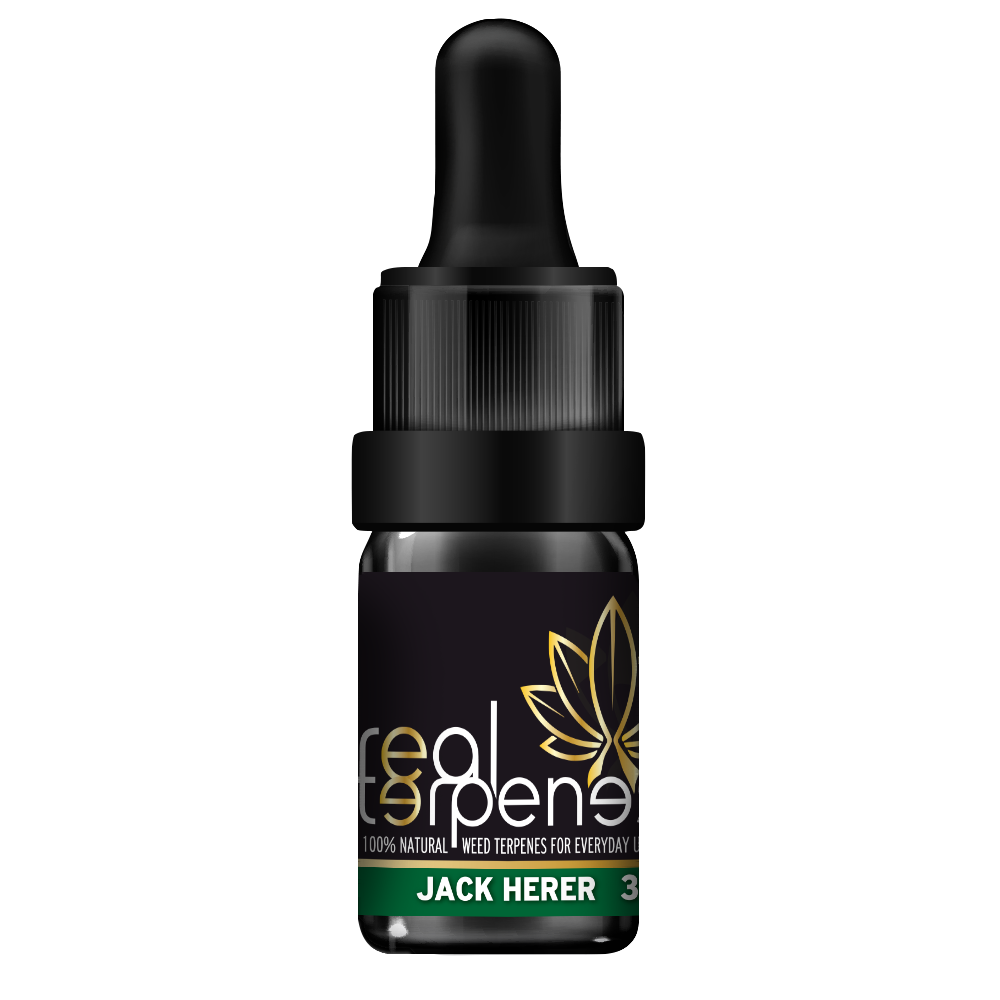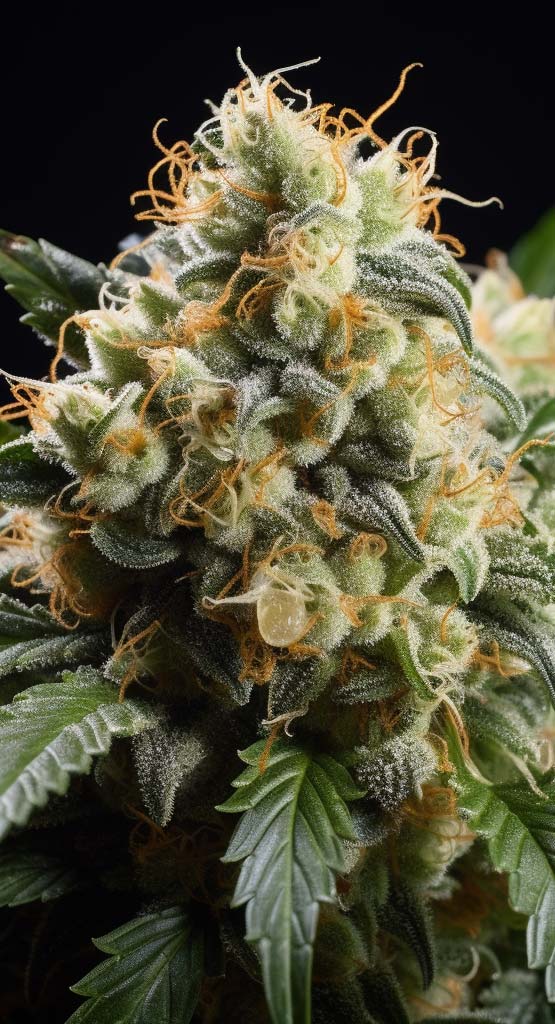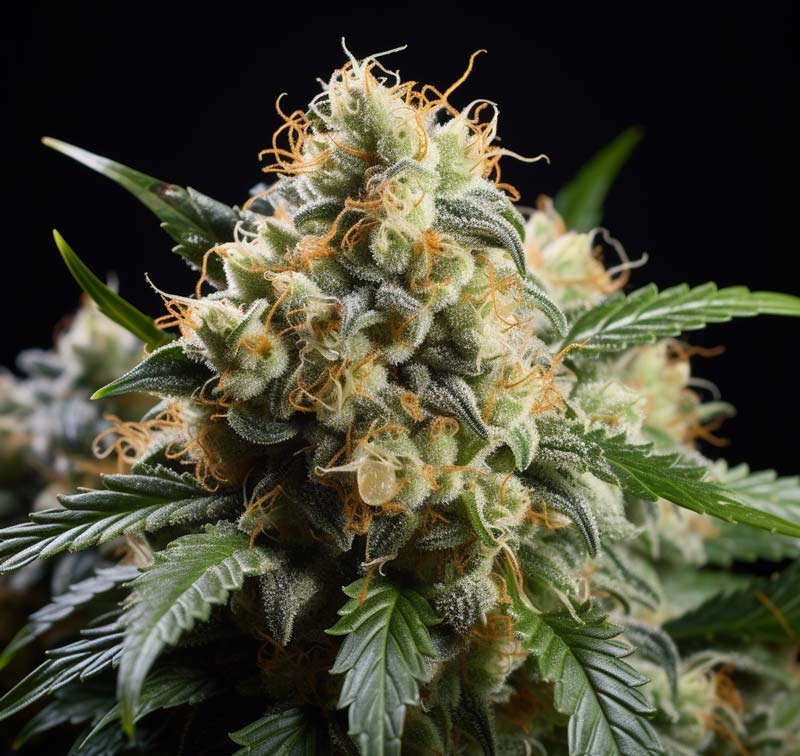
FOOD GRADE TERPENE
JACK HERER
INNOVATIVE100% Organic Natural Extracts from Mother Nature
FOOD GRADECan be used in cookies, icecream, cocktails etc.
ENRICHyour e-liquid, resin, crystal or bud.
100% NATURAL CANNABIS TERPENE FOR EVERYDAY USE
Major Terpene
Sweet, Floral, Piney scent
Also found in Lilacs, Tea tree, Nutmeg, Cumin, Apples
Vaporizes at 186oC
Terpinolene
PROPERTIESAnti inflammation, Anti oxidative stress, Anti anxiety, Helps insomnia, Reduction of Psychological excitement.
other Terpenes
Woody/spicy smell of cloves/pepper
Also found in Basil, Copaiba, Oregano, Lavender, Rosemary, Cinnamon, Clove
Vaporizes at 130oC
β-Caryophyllene
PROPERTIESAnti-inflammatory, Antimicrobial, Antibacterial, Antioxidant properties, Anti anxiety, reduce pain, reduce cholesterol, prevent Osteoporosis, treat seizures. cardioprotective, hepatoprotective, gastroprotective, neuroprotective, nephroprotective, immune-modulator
Sweet & Herbal scent
Also found in Mint, Parsley, Pepper, Basil, Oregano, Mango, Orchids, Kumquats
Vaporizes at 66oC
Ocimene
PROPERTIESUplifting effects, anti-convulsant, anti-inflammatory, anti-viral, and anti-fungal properties, biological functions in plants


MOOD – SENSATIONS – EFFECTS
Euphoric
Energize
Enhancing Mood
Creative
Active
Jack Herer, also referred to as “JH,” “The Jack,” “Premium Jack,” and “Platinum Jack,” is a sativa-dominant cannabis strain that has achieved significant recognition, much like its namesake, the cannabis advocate and author of the book titled The Emperor Wears No Clothes. Jack Herer originates from a diverse genetic background, resulting in multiple distinct variations of the strain, each exhibiting their own exclusive characteristics and effects. Nevertheless, users commonly describe this hybrid, which is 55% sativa, as euphoric, mentally clear, and innovative. This aromatic strain with hints of spice and pine has garnered numerous awards for its exceptional quality and potency.
Properties
The medicinal properties of the essential oils and their terpenes it consists of, proven by clinical studies and centuries of ethno pharmacological experience, are:
strong anti-cancer activity (a-Bisabolol had a strong time- and dose-dependent cytotoxic effect on human and rat glioma (brain cancer) cells, while normal rat glial cells were not affected. Cytotoxicity was due to the induction of apoptosis andmitochondrial damage (Cavalieri et al 2004, Darra et al2007). a-Bisabolol was highly toxic in vitro to human pancreatic cancer cells (Darra et al 2008) and moderately cytotoxic to human leukemia (HL-60) cells (Anter et al 2011). The increased toxicity of a-bisabolol to malignant cells is due to greater cellular uptake than in normal cells (Cavalieri et al 2009).
Also another major terpene that included, Terpinolene has demonstrated both marked DPPH scavenging activity (Choi et al2000; Kim HJ et al 2004) and marked protection against LDL oxidation (Grassmann et al 2003, 2005). Also Terpinolene inhibited the in vitro formation of the carcinogen NDMA by 79% (Sawamura et al 1999)
The unique composition of all-natural essential oils, which simulate perfect the respective profile, also manage to enclose an excellent synergistic action. All the benefits of each essential oil and terpenes in a truly unique blend.
Unlike almost all the corresponding profiles of other companies, it does not consist of APIs and sterile isolations of terpenes but of unique synergies and without the slightest chemical production and isolation process except their natural distillation and then mixing in excellent conditions.
Ingredients
Major Pure Natural Terpenes: d-limonene, a-pinene, b-pinene, terpinolene, b-caryophyllene, b-myrcene, a-humulene, phelandrene, linalool.
Available in
3 ml | 5 ml | 10 ml | 50 ml | 250 ml | 1 lt
Certifications
We ensure that each batch produced is tested & examined in a third-party lab, under restrict regulations concerning food safety.
click to open
Ιndicative bibliography
Iinvestigate in vitro wound healing effects and the anti-inflammatory and antioxidant activities of terpinolene and α-phellandrene. The in vitro stimulatory effects on the proliferation and migration of fibroblasts were assessed using the scratch assay. The anti-inflammatory activity was evaluated using cell-based assays by investigating their influence on nitric oxide (NO), superoxide anion (O2•-), tumour necrosis factor-alpha (TNF-α) and interleukin 6 (IL-6) production and using the TNF-α-induced nuclear factor kappa (NF-κB) assay. Antioxidant activity was determined by the ABTS cation radical scavenging capacity, ferric reducing/antioxidant potential (FRAP), and NO free radical scavenging assays. Terpinolene and α-phellandrene significantly increased the migration and proliferation of fibroblasts and suppressed the pro-inflammatory cytokines IL-6 and TNF-α in a dose-dependent manner. Terpinolene and α-phellandrene at a concentration of 100 μM significantly inhibited NO production (41.3 and 63.8%, respectively) in a macrophage cell-culture-based assay, and resulted in reductions in O2•- production of 82.1 ± 3.5% and 70.6 ± 4.3%, respectively. Moreover, these monoterpenes were verified to suppress NF-κB activity. In summary, terpinolene and α-phellandrene may contribute to broadening clinical options in the treatment of wounds by attenuating inflammation and oxidative stress in vitro.
https://pubmed.ncbi.nlm.nih.gov/30792116/
A few studies also mention the sedative properties of terpinolene, making it a candidate for a natural remedy against insomnia. Its mild yet effective depressant action on the central nervous system could also be applied to the reduction of psychological excitement and anxiety.
https://europepmc.org/article/MED/23339024
Due to its unique ability to bind with CB2 receptors, Beta-caryophyllene has potent anti-inflammatory, antimicrobial, antibacterial, and antioxidant properties. It is known to help relieve anxiety and pain, reduce cholesterol, prevent Osteoporosis, and treat seizures BCP was found to elicit a full agonist action on cannabinoid type 2 (CB2) receptors, a G-protein coupled receptor representing important therapeutic target in several diseases. Activation of CB2 receptors notably appeared devoid of psychotropic adverse effect of cannabinoids contrary to the CB1 receptors. In addition, it activates peroxisome proliferated activator receptors (PPARs) isoforms; PPAR-α &-γ and inhibits pathways triggered by the activation of toll like receptor complex; CD14/TLR4/MD2, reduce immuneinflammatory processes and exhibit synergy with µ-opioid receptor dependent pathways. Additionally, it found as potent antagonist of homomeric nicotinic acetylcholine receptors (α7-nAChRs) and devoid of effects mediated by serotonergic and GABAergic receptors. It also modulates numerous molecular targets by altering their gene expression, signaling pathways or through direct interaction. Various pharmacological activities such as cardioprotective, hepatoprotective, gastroprotective, neuroprotective, nephroprotective, antioxidant, anti-inflammatory, antimicrobial and immune-modulator have been reported in experimental studies. It has shown potent therapeutic promise in neuropathic pain, neurodegenerative and metabolic diseases.
Can be a novel candidate for various pathologies considering the polypharmacological and multifaceted therapeutic properties potential along with favorable oral bioavailability, lipophilicity and physicochemical properties.
https://pubmed.ncbi.nlm.nih.gov/26965491/
Uplifting effects, anti-convulsant, anti-inflammatory, anti-viral, and anti-fungal properties. The Chemistry and Biodiversity Journal conducted a study in 2008 examining the chemical composition of essential oils from seven Lebanese trees (Laurus nobilis, Juniperus oxycedrus ssp. Oxycedrus, Thuja orientalis, Cupressus sempervirens ssp. pyramidalis, Pistacia palaestina, Salvia officinalis, and Satureja thymbra). Of particular interest was the oil from L. nobilis.Their research suggests that L. nobilis, which contains large amounts of beta-ocimene, had antiviral properties against HSV-1 (cold sores or fever blisters). This acyclic monoterpene can play several biological functions in plants, by potentially affecting floral visitors and also by mediating defensive responses to herbivory. The ubiquity and high relative abundance of β-ocimene in the floral scents of species from most plant families and from different pollination syndromes (ranging from generalism to specialism) strongly suggest that this terpenoid may play an important role in the attraction of pollinators to flowers. We compiled abundant evidence from published studies that supports β-ocimene as a generalist attractant of a wide spectrum of pollinators. We found no studies testing behavioural responses of pollinators to β-ocimene, that could directly demonstrate or deny the function of β-ocimene in pollinator attraction; but several case studies support that the emissions of β-ocimene in flowers of different species follow marked temporal and spatial patterns of emission, which are typical from floral volatile organic compound (VOC) emissions that are involved in pollinator attraction. Furthermore, important β-ocimene emissions are induced from vegetative plant tissues after herbivory in many species, which have relevant functions in the establishment of tritrophic interactions. We thus conclude that β-ocimene is a key plant volatile with multiple relevant functions in plants, depending on the organ and the time of emission.
https://www.ncbi.nlm.nih.gov/pmc/articles/PMC6152128/
